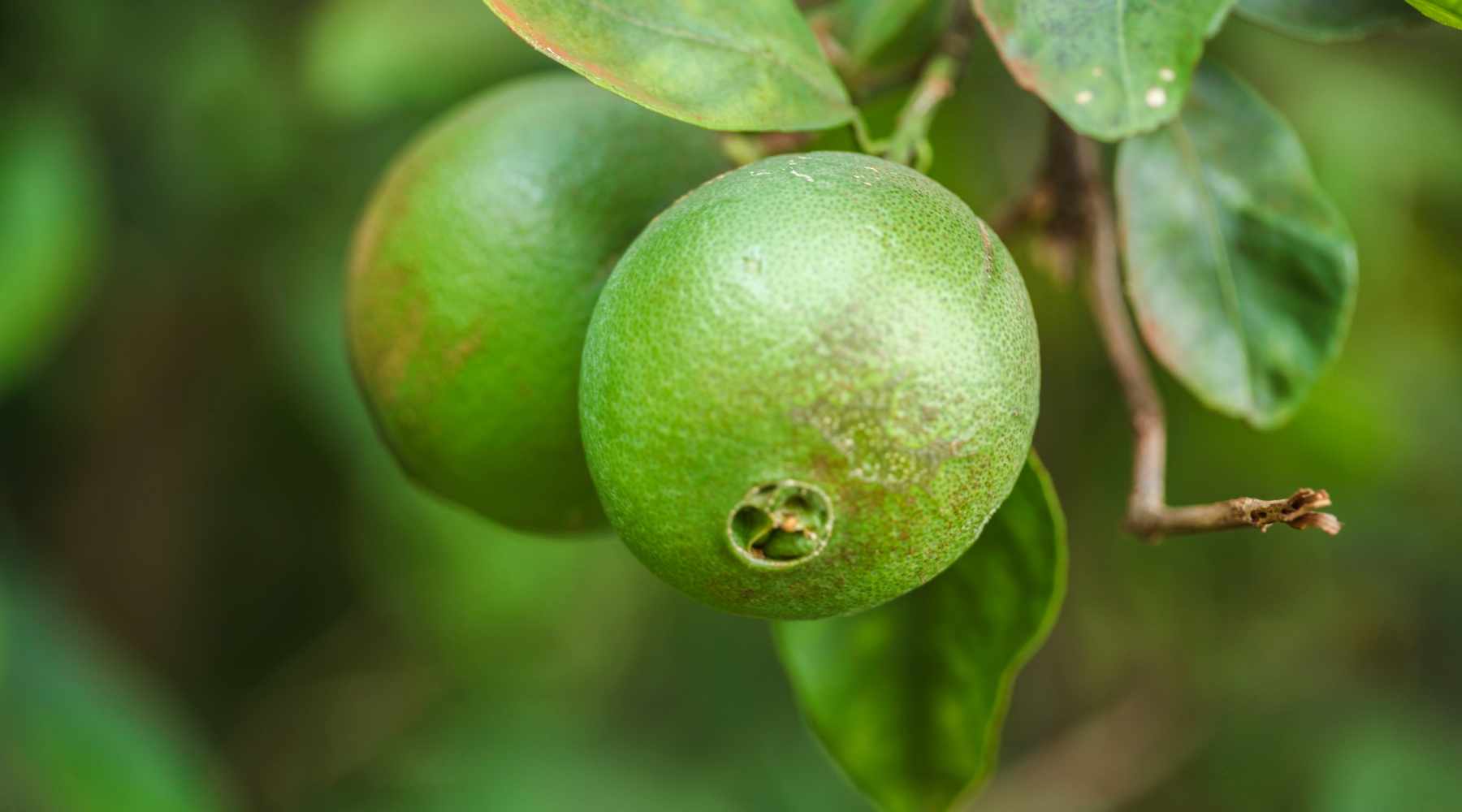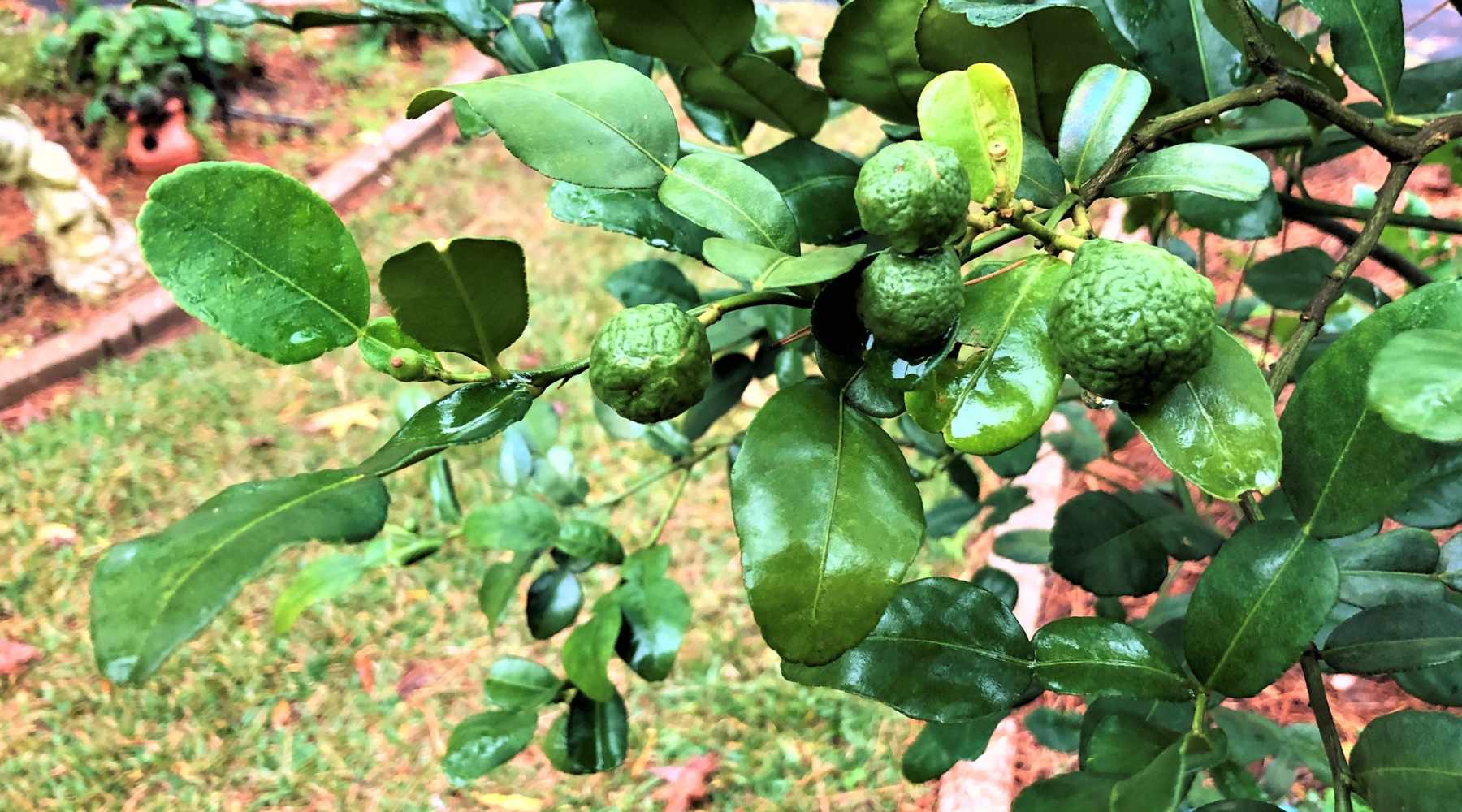Who doesn’t love limes? These little green beauties are one of the most widely found fruits and find themselves all over the world. They grow in warmer climates and have a less bitter taste than lemons, while still having a lovely bright flavor. They are part of the citrus family that includes oranges, lemons, grapefruits, among others.
Lime trees enjoy sunshine, though they are able to grow all over the world thanks to rising temperatures. They are numerous and unescapable in countries such as Mexico, all of South America, Southern North America, as well as much of Southern Europe.
Within these countries, limes feature heavily in cuisine. Mexico in particular has one of the most widely known relationships with lime in their culture. The home of the Margarita and tacos would be a very different place without the fruit. Most dishes and drinks are consumed with a cut wedge of lime on the side.
We will dive into the different uses of limes, some places where they pop up in less conventional ways, as well as some lesser known versions of limes. We will look through some different types of lime trees, what the best type of lime tree is for each end product, as well as some lesser known varieties of limes.
Mexican Limes
Mexican lime trees grow the most common limes that we know today. Their skin is dark to medium green with a waxy exterior, slightly smaller than a lemon. They grow in warm climates of Central and South America and, as previously mentioned, are an absolute staple in so many different dishes from the region.
These limes squeeze, slice, and keep well. Limes are pretty hardy fruits and will last for quite some time once picked and kept unrefrigerated. Their citrus juice is almost sweet, but not quite. It is mostly free from the bitterness associated with lemons.
These types of lime trees can live for up to 150 years! They are pretty easy to grow and that contributes to their prevalence and consistent presence in supermarkets year-round. Don’t just obsess with the flesh either! Their skin (known as the zest) has a beautiful flavor and works really nicely in baked goods, marinades, and more.
Persian Limes

Persian limes are a little bit less well-known than Mexican limes, though you might well have been exposed to them. Persian limes are from Persia - around the region of where Iraq and Iran are today. They are used a lot in Persian cooking and are regular ingredients in typical Persian stews.
Persian limes are a bit more acidic and tart than Mexican limes. They have an added brightness and slight sourness that helps them bring a completely different set of flavors to any dish. They work really nicely in the cooking process.
Key Limes

The key lime is a hybrid fruit that is native to the tropical region of SouthEast Asia. This fruit looks like a green orange but has a thinner rind and more aromatic, complex flavor than the other limes.
Key limes have gained fame from their role in the iconic key lime pie. They bring a beautiful balance to the sweet tart that is adored all over North America. It has a role in lots of Asian dishes as well as this iconic Western one.
Kaffir Lime

The Kaffir lime is one of the best lime trees around as you can use both the limes and the leaves! Kaffir lime leaves are common in fish curries and other, lighter Asian curries as well. They grow all over the region and are a really popular ingredient.
The actual fruit itself looks a bit like a green rock with lots of contours. These fruits are commonly used in curries as well and make up an essential part of the world famous Tom Yum curry.
Blood Limes
Blood limes are definitely the least well-known on this list so far. These Australian-native fruits have a ruby red, blood color that is unmistakeable. They have a unique sweet and sour flavor and make them great for cocktail making and juicing. They are widely used to make essential oils with as well!
We hope you have enjoyed reading a bit about the different types of limes and lime trees from around the world! Whether grown in outdoor plants or indoor plant, there are many other varieties for you to learn about as well. You might just need to travel a bit to try them!

























